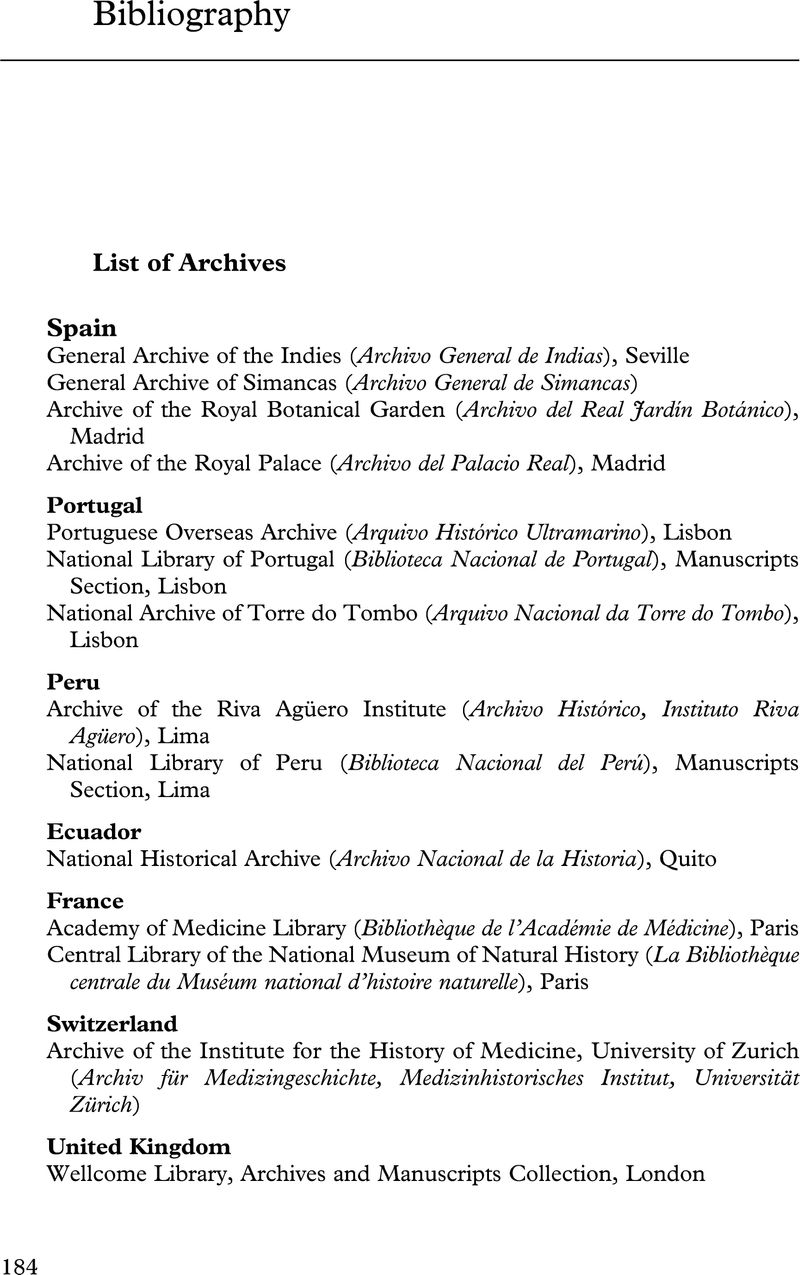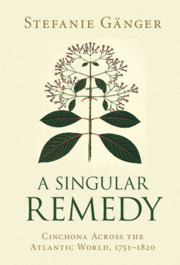Book contents
- A Singular Remedy
- SCIENCE IN HISTORY
- A Singular Remedy
- Copyright page
- Contents
- Illustrations
- Acknowledgements
- A Note on Source Material
- A Note on Language and Translation
- A Note on Weights, Currencies and Measures
- Introduction
- 1 Origin Stories
- 2 The Demands of Humanity
- 3 Community of Practice
- 4 Febrile Situations
- 5 Harvests of Change
- Conclusion
- Bibliography
- Index
- References
Bibliography
Published online by Cambridge University Press: 02 October 2020
- A Singular Remedy
- SCIENCE IN HISTORY
- A Singular Remedy
- Copyright page
- Contents
- Illustrations
- Acknowledgements
- A Note on Source Material
- A Note on Language and Translation
- A Note on Weights, Currencies and Measures
- Introduction
- 1 Origin Stories
- 2 The Demands of Humanity
- 3 Community of Practice
- 4 Febrile Situations
- 5 Harvests of Change
- Conclusion
- Bibliography
- Index
- References
Summary

Information
- Type
- Chapter
- Information
- A Singular RemedyCinchona Across the Atlantic World, 1751–1820, pp. 184 - 231Publisher: Cambridge University PressPrint publication year: 2020
